Iran, a nation historically celebrated for its magnificent architecture adorned with intricate tilework, is now writing a new chapter in its rich history. The country has quietly but decisively emerged as a major player in the global tile and ceramic market. While its domestic industry is a powerhouse in the Middle East, a far greater potential lies in unlocking its ability to compete on a truly international scale. This isn’t just about selling more tiles; it’s about leveraging Iran’s unique competitive advantages—from abundant raw materials and skilled labor to a deep-rooted tradition of craftsmanship—to penetrate diverse and lucrative global markets. This comprehensive article delves into the immense export potential of Iran’s tile and ceramic sector, exploring the key opportunities, the strategic advantages, and the necessary steps to overcome the formidable challenges on the path to becoming a global export leader. For businesses and investors seeking to understand this dynamic market, this guide offers an in-depth analysis of what makes Iran a significant and often underestimated force in the world of ceramics.
The Foundations of Export Success: Iran’s Strategic Advantages
Iran’s strong position is built on a foundation of unique strengths that make its tile and ceramic products highly competitive on the international stage. These advantages form the core of its export potential.

Abundant and Cost-Effective Raw Materials
The single most significant advantage for the Iranian tile and ceramic industry is its self-sufficiency in high-quality raw materials. The country possesses vast, easily accessible reserves of key minerals, including:
- Kaolin: This essential clay provides the whiteness and plasticity needed for premium tiles. Iran’s deposits are extensive and of excellent quality.
- Feldspar: As a fluxing agent, feldspar is critical for achieving a strong, vitrified tile body. Iranian feldspar is plentiful and reduces production costs significantly.
- Silica (Quartz): Used to form the glass phase in ceramics, silica is found in abundance across the country.
- Clay and other minerals: A wide variety of other clays, limestones, and dolomites are also available, allowing manufacturers to create a diverse range of products.
This easy access to raw materials at a low cost gives Iranian producers a massive price advantage over competitors who must import these materials, often from great distances and at considerable expense. This competitive edge translates directly into lower export prices, making Iranian products highly attractive in price-sensitive markets.
Advanced Production Technology and Economies of Scale
Over the past two decades, the Iranian tile and ceramic industry has undergone a massive modernization effort. Many factories are now equipped with the latest European and Chinese technology, including:
- High-capacity continuous kilns: These modern kilns are highly energy-efficient and allow for continuous, large-scale production, reducing the cost per unit.
- State-of-the-art digital printing machines: This technology enables the creation of incredibly realistic and diverse designs, mimicking natural stone, wood, and concrete textures with high fidelity.
- Automated handling and sorting systems: These systems increase production speed and accuracy, minimizing human error and reducing labor costs.
This investment in technology has not only boosted production capacity but also significantly improved product quality, bringing it on par with international standards. The sheer scale of production in Iran, with a concentration of factories in key provinces, allows for economies of scale that further lower costs and increase market competitiveness.
A Skilled and Experienced Workforce
The rich history of ceramic craftsmanship in Iran, evident in its ancient art and architecture, has created a legacy of skill and expertise. Today, this tradition is carried forward by a highly competent workforce, including:
- Experienced ceramic engineers and technicians: Many are trained in both traditional methods and modern industrial processes.
- Skilled artisans and designers: They possess a deep understanding of aesthetics and can create unique, culturally inspired designs as well as modern, minimalist patterns.
- Cost-effective labor: Compared to many of its competitors, labor costs in Iran are relatively low, which further contributes to the overall competitive pricing of the final product.
This blend of inherited artistry and modern technical know-how gives Iranian manufacturers a unique ability to produce a wide range of products, from mass-produced utility tiles to high-end, artistic ceramic pieces.
Strategic Geographic Location and Market Proximity
Iran’s geographic position is a logistical goldmine. Situated at the intersection of the Middle East, Central Asia, and Europe, it offers direct access to key regional markets with rapidly growing construction sectors.
- Land borders: Its borders with countries like Iraq, Afghanistan, Pakistan, and Turkey provide direct land routes for exports, significantly reducing transportation costs and transit times.
- Seaports: A vast coastline along the Persian Gulf and the Caspian Sea offers crucial access to major shipping lanes, enabling exports to Africa, India, and beyond.
This strategic location makes Iran an ideal supplier for its neighbors, allowing it to respond quickly to regional demand and establish strong trade relationships.
Key Export Opportunities: Targeting Global Markets
Leveraging its core strengths, the Iranian tile and ceramic industry has immense potential to expand its export footprint into a variety of global markets.
Penetrating Fast-Growing Middle Eastern and African Markets
The most immediate and promising export markets are in Iran’s immediate neighborhood.
- Iraq and Afghanistan: Post-conflict reconstruction efforts have created a massive demand for affordable and high-quality building materials. Iran, as a neighbor, is a natural and trusted supplier.
- Gulf Cooperation Council (GCC) Countries: While these markets demand higher-end products, Iran can compete by offering a balance of quality, design, and competitive pricing, especially for large-scale residential and commercial projects.
- Sub-Saharan Africa: This continent is undergoing rapid urbanization and infrastructure development. The demand for durable, cost-effective tiles is soaring. Iran’s ability to produce both mass-market and mid-range products makes it an ideal partner for African distributors.
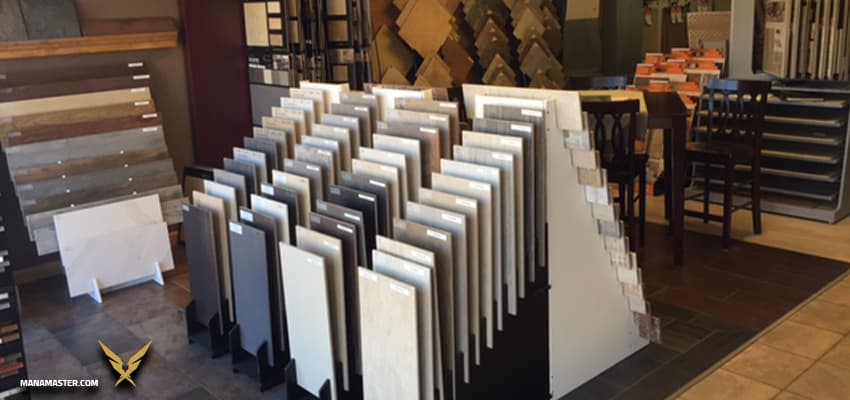
Expanding into Central Asian and Eurasian Markets
The former Soviet republics of Central Asia and the Eurasian Economic Union countries represent another lucrative opportunity.
- CIS countries: Nations like Russia, Kazakhstan, and Uzbekistan have a significant need for building materials, particularly in their growing urban centers. Iran’s proximity and competitive pricing give it a strong advantage over more distant suppliers.
- Eastern Europe: Countries like Belarus and Ukraine, with their own ongoing reconstruction efforts and housing projects, present a viable market for Iranian tile exports.
Building a Presence in Niche European and Asian Markets
While competing with established European and Chinese giants is a challenge, Iranian manufacturers can find success by focusing on niche segments.
- Unique Designs: By combining traditional Persian aesthetics with modern designs, Iranian producers can offer unique, high-quality decorative tiles that appeal to European and American markets looking for something different.
- Value-Added Products: Specializing in large-format porcelain slabs, thin tiles for renovations, or custom-made ceramic panels can help Iran compete in the premium segment where design and quality are more important than just price.
- Eco-friendly and Sustainable Products: As global demand for sustainable building materials grows, Iranian companies can gain a competitive edge by adopting green manufacturing practices and obtaining relevant certifications.
Navigating the Challenges: The Road to Global Leadership
Despite its strong potential, the Iranian tile and ceramic industry faces significant hurdles that must be overcome to fully realize its export ambitions.
Overcoming International Sanctions and Banking Restrictions
The most formidable challenge is the complex web of international sanctions. These sanctions create severe difficulties in:
- Financial transactions: It is often impossible for international buyers to make direct bank transfers to Iranian companies, forcing them to use complex and risky payment workarounds.
- Access to technology: Sanctions can block the sale of advanced machinery, spare parts, and software from leading global manufacturers, hindering technological upgrades and maintenance.
- Access to global shipping and logistics networks: Some international shipping companies are hesitant to do business with Iran, leading to logistical bottlenecks and higher costs.
Addressing these issues requires innovative financial solutions and a proactive approach to finding alternative supply chains and logistics partners.
Improving Quality and Adhering to International Standards
While many Iranian factories produce high-quality products, there can be inconsistencies across the industry. To compete with European and Asian giants, it is crucial to:
- Standardize product quality: Ensure all exported products consistently meet or exceed international standards like ISO and CE certifications.
- Invest in R&D: Focus on research and development to improve product durability, finish, and design innovation.
- Adopt modern packaging and branding: Professional packaging and strong branding are essential for building trust and recognition in international markets.
Intensifying Marketing and Brand Building Efforts
Many Iranian tile companies lack a strong international brand presence. To succeed, they must:
- Invest in digital marketing: Create professional, multi-lingual websites, develop engaging social media content, and use targeted online advertising to reach international buyers.
- Participate in international trade shows: Attending major industry exhibitions in Europe, the Middle East, and Asia is crucial for networking and showcasing products.
- Build a strong distribution network: Partner with local distributors and agents in target markets who have the knowledge and contacts to sell effectively.
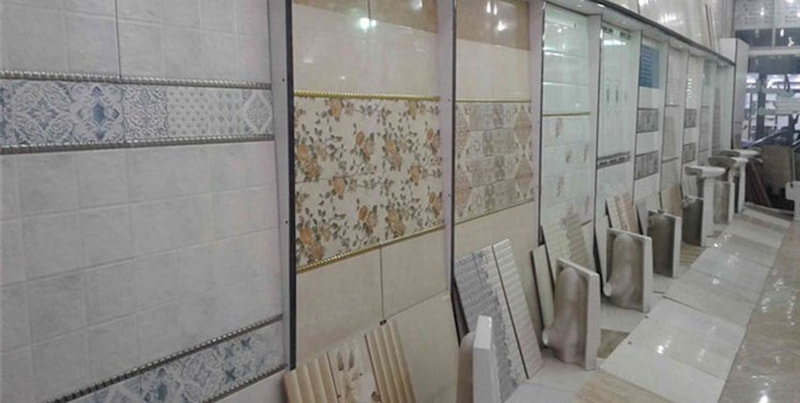
Addressing Domestic Economic and Political Volatility
Fluctuations in the Iranian economy, including high inflation and currency instability, pose significant risks for exporters. A volatile exchange rate makes it difficult to set long-term prices and can affect the cost of imported components. Political uncertainty can also deter potential foreign buyers and investors. A stable economic and political environment is crucial for building long-term business relationships.
Conclusion
The Iranian tile and ceramic industry stands at a pivotal moment. It has all the ingredients to become a global export powerhouse: an abundance of high-quality raw materials, a sophisticated and modern production infrastructure, a skilled workforce, and a strategically advantageous location. The opportunities to expand into the fast-growing markets of the Middle East, Africa, and Central Asia are immense. However, realizing this potential requires a concerted effort to navigate the significant challenges posed by international sanctions, competition, and domestic economic volatility.
By strategically focusing on improving quality, investing in global branding and marketing, and developing innovative solutions to logistical and financial hurdles, Iranian manufacturers can unlock their full potential. This is not just about competing on price, but also about building a reputation for quality, design, and reliability. The journey beyond its borders is challenging, but with the right strategy and a commitment to global standards, Iran’s tile and ceramic industry can cement its position as not just a regional leader, but a major force in the international market.


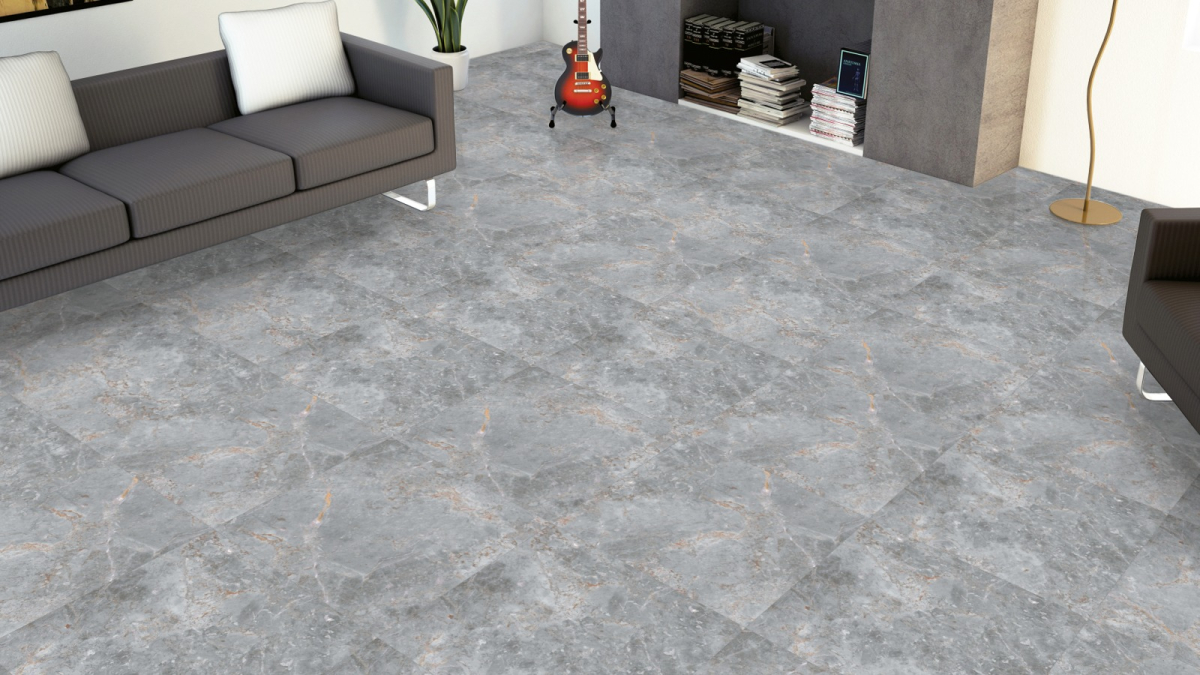
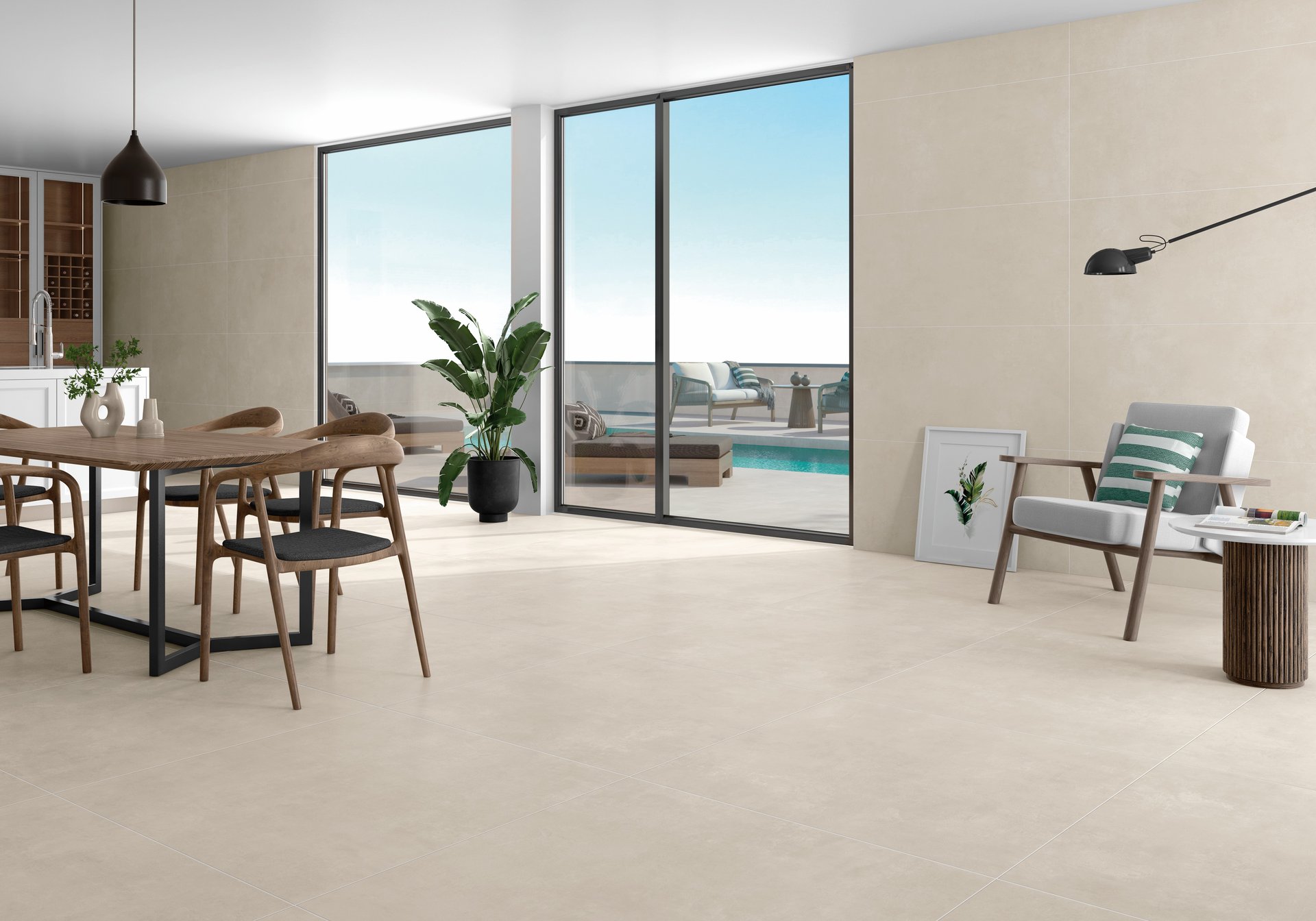
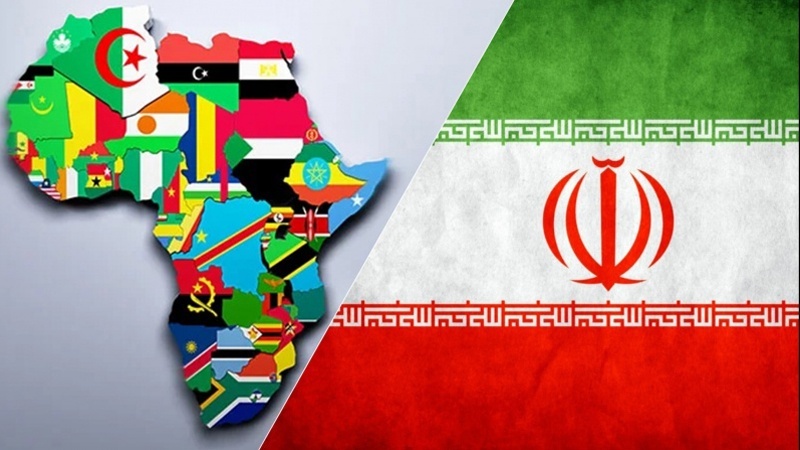
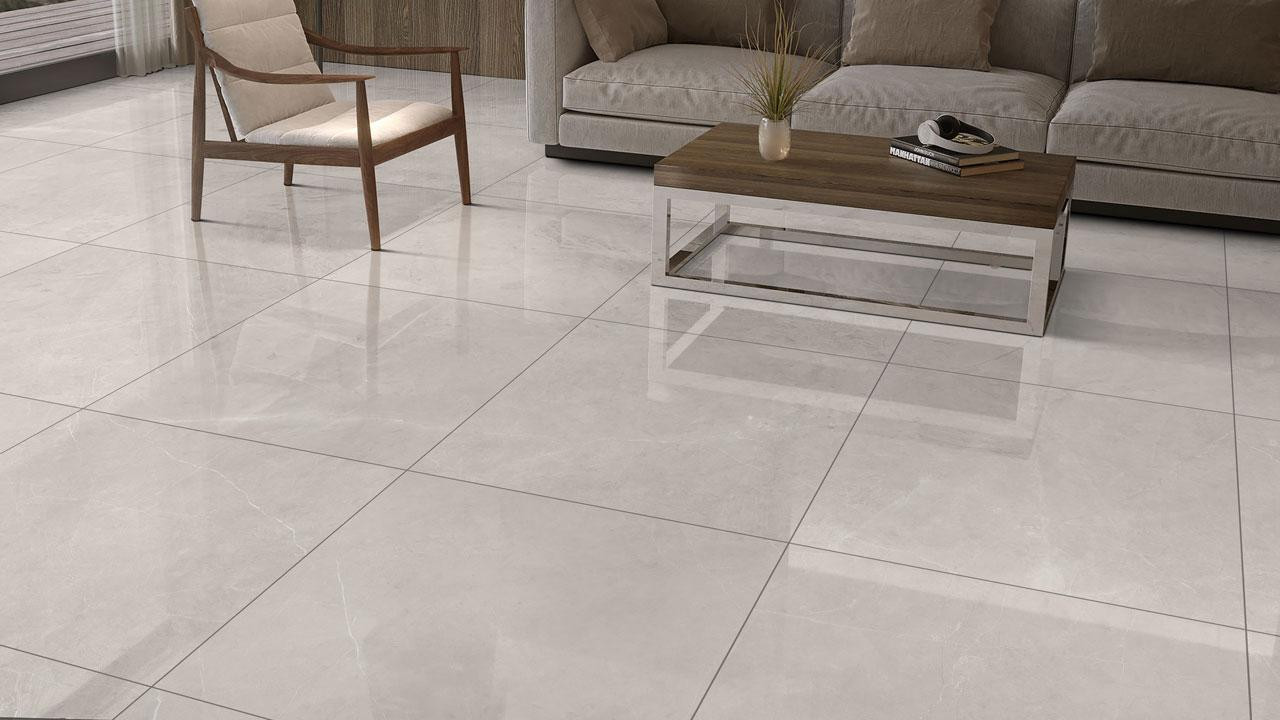
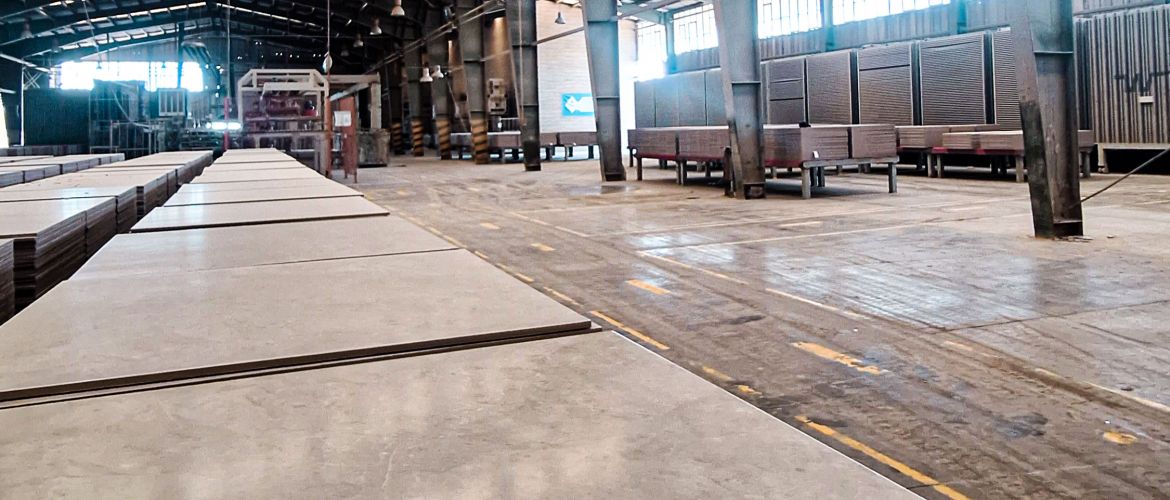

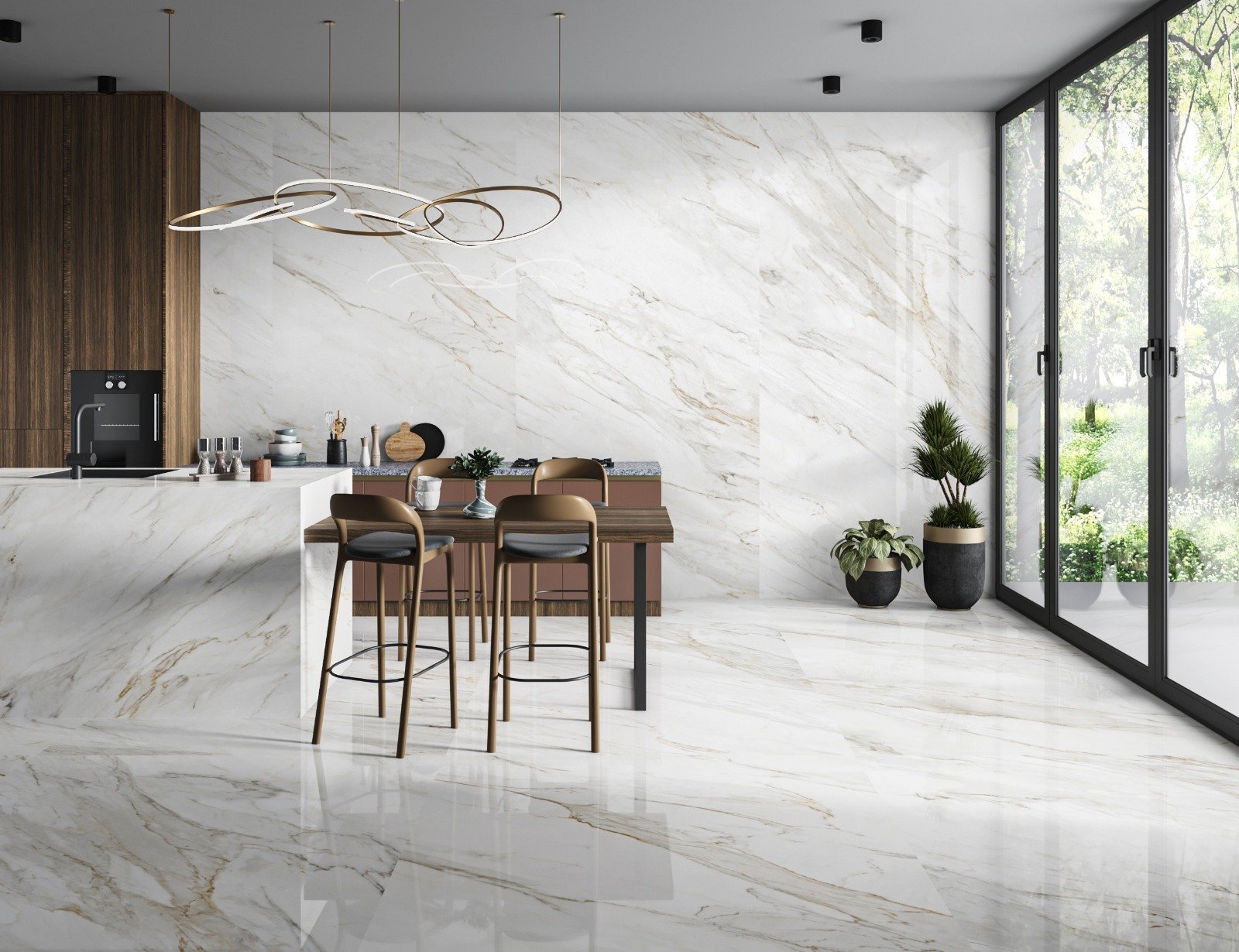
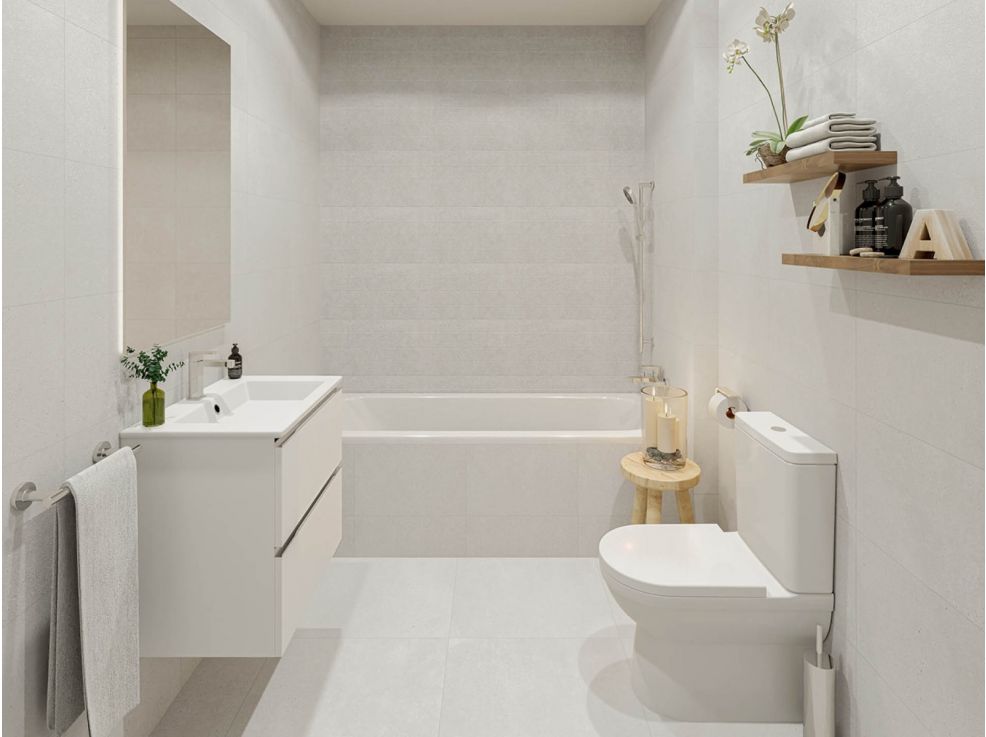
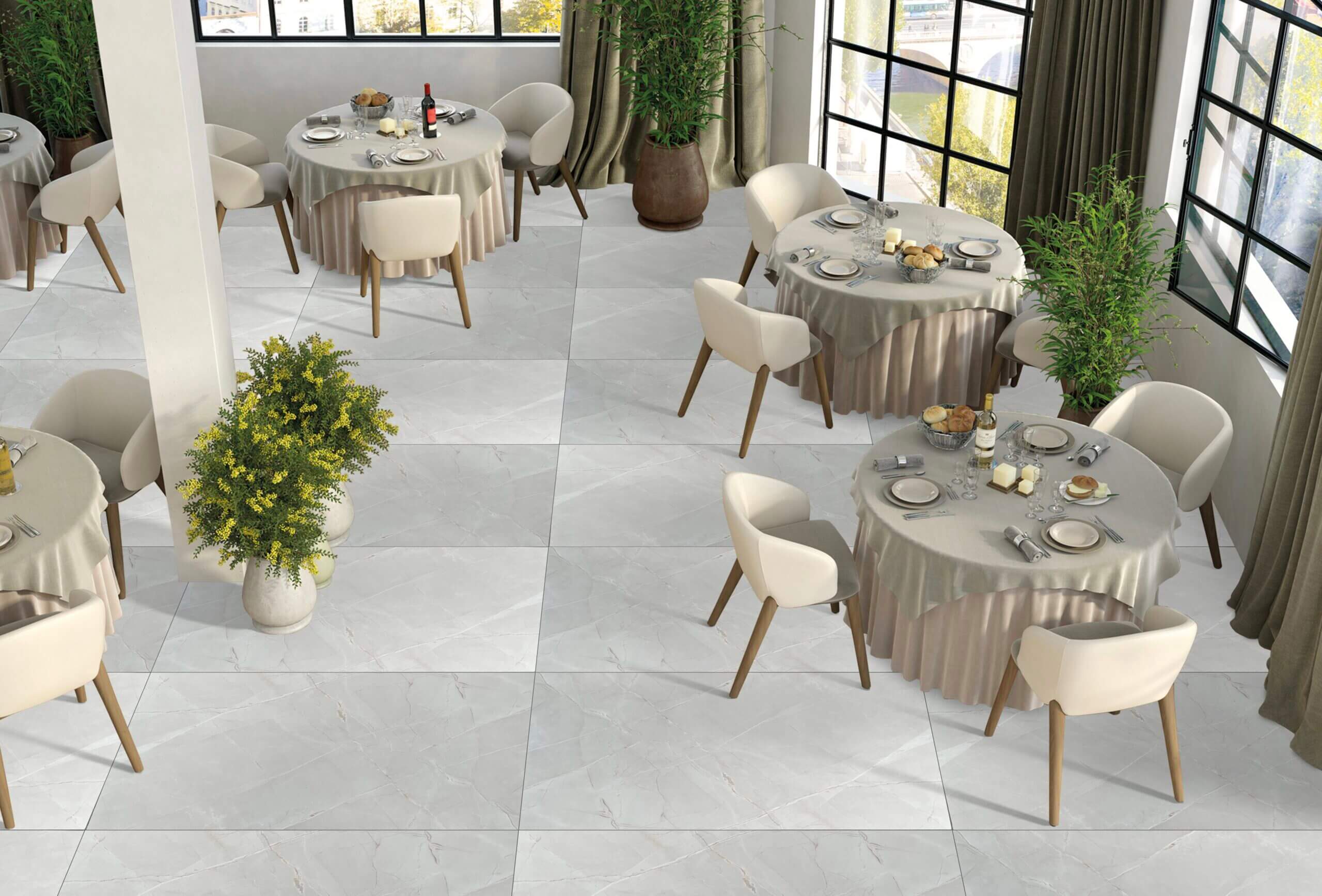
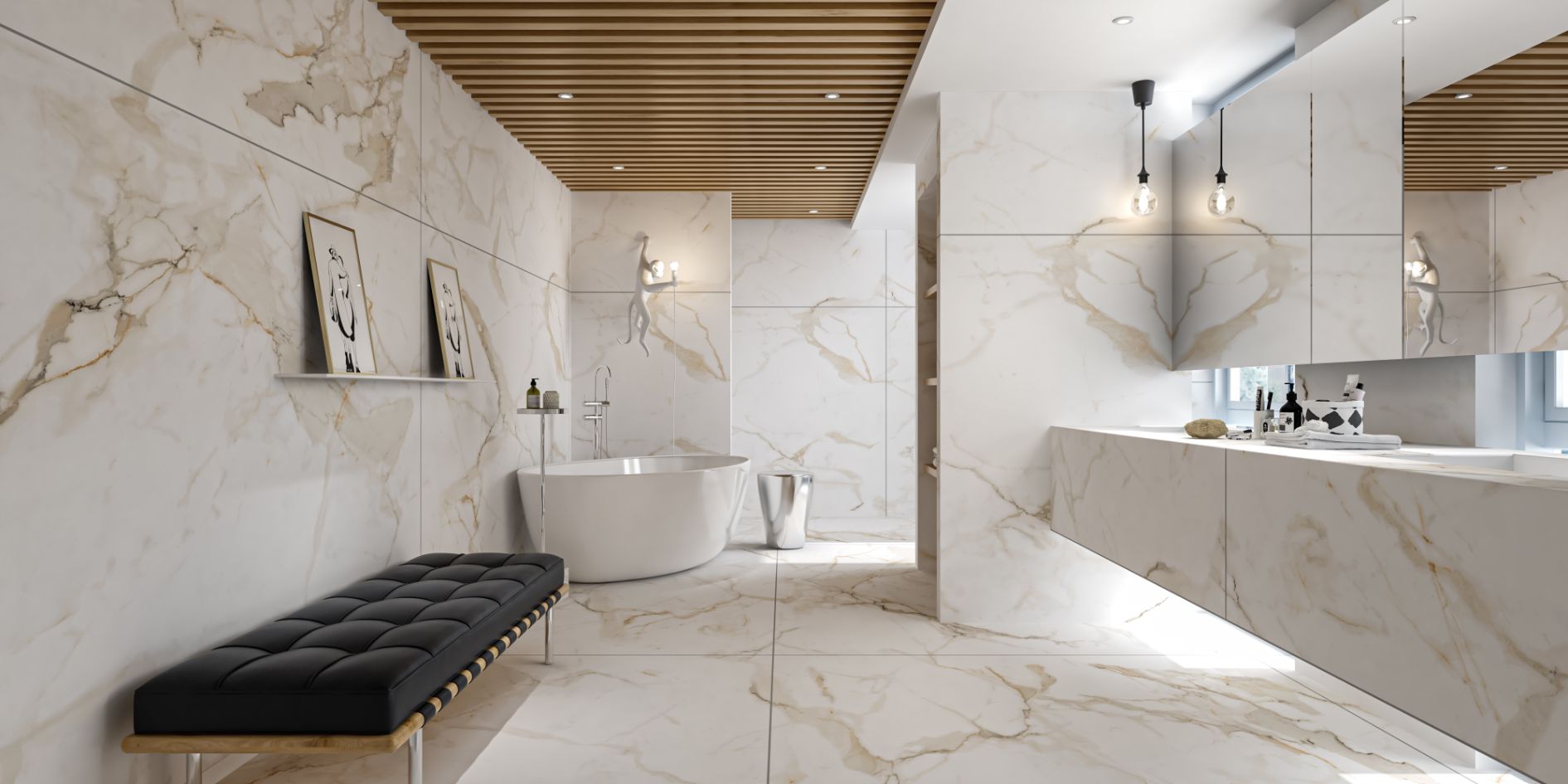
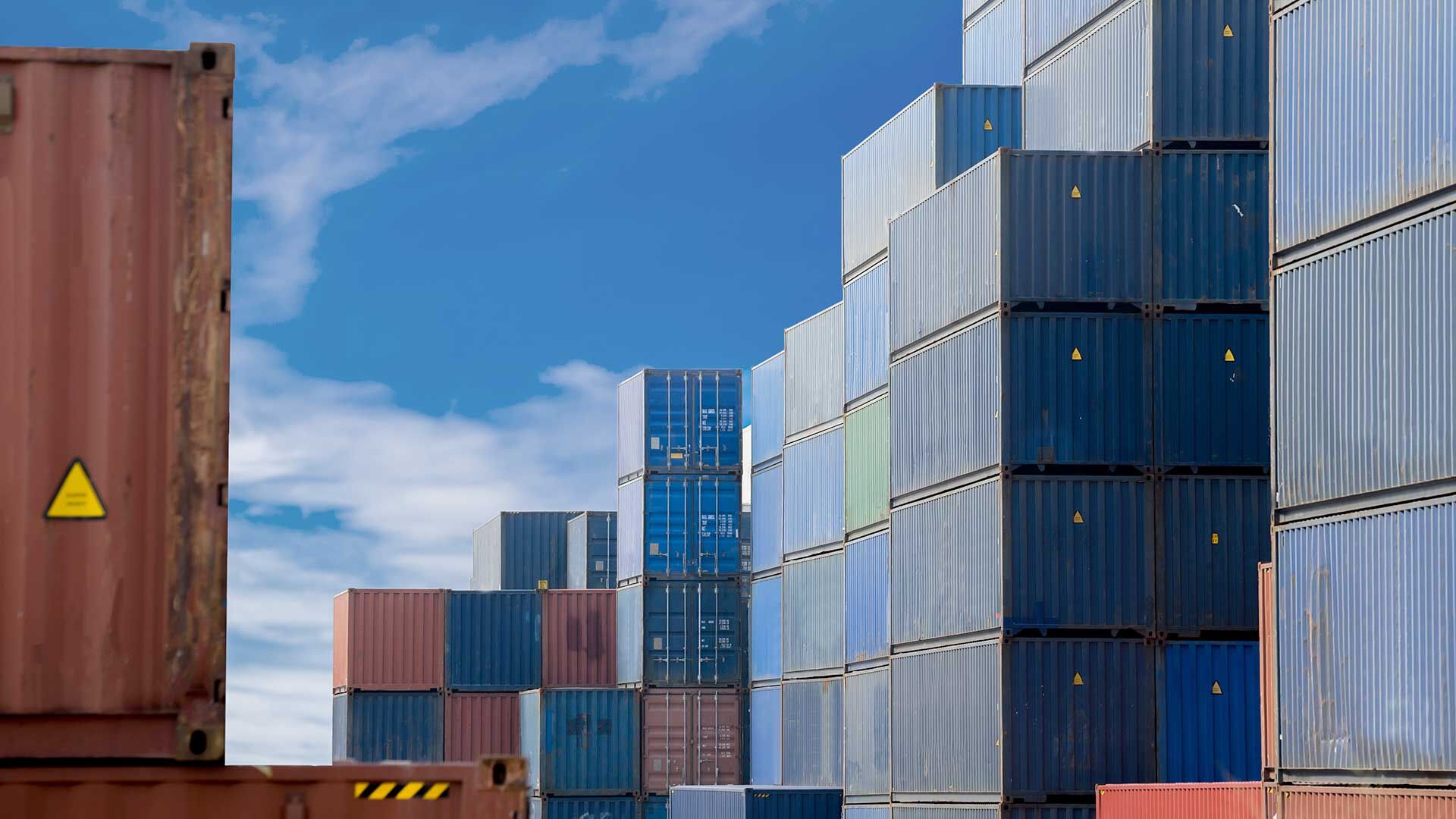
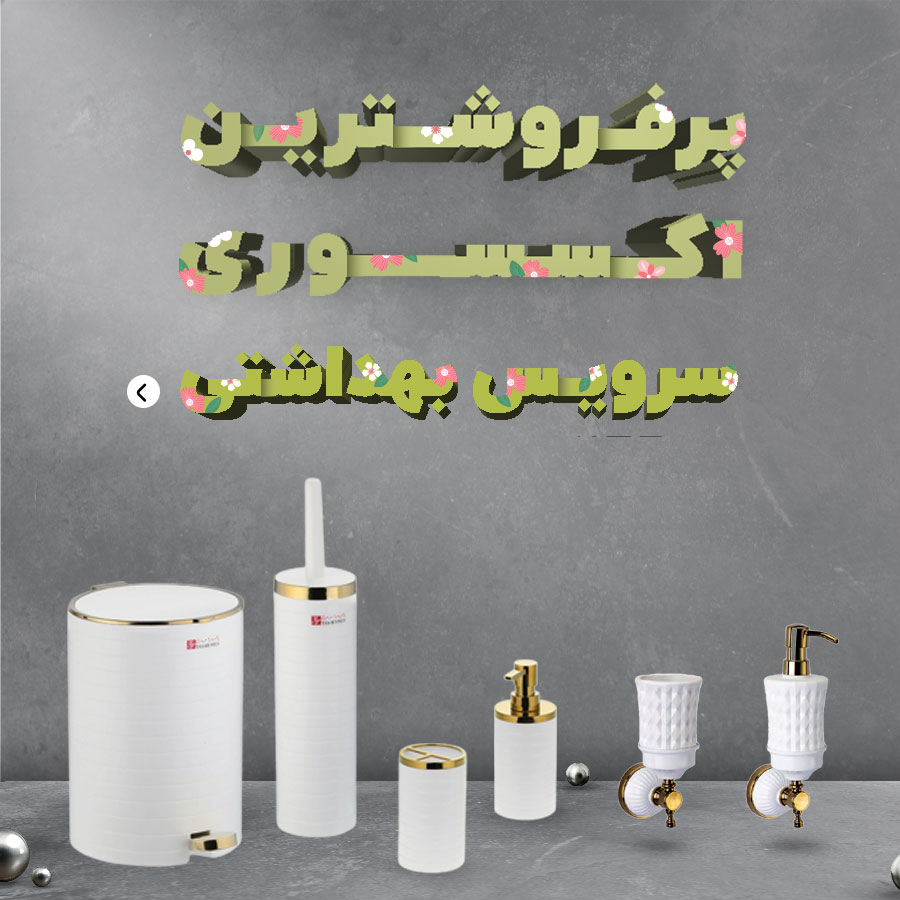

نظرات ۰